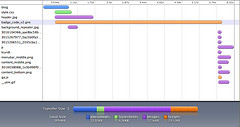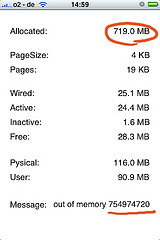Goodbye 2008, Welcome 2009
Last year was exciting – full of change and I see even more coming for 2009. So what was 2008 for me? For one I finally “got” twitter and embrace it since. I noticed it means fewer but hopefully also more meaningful blogs posts. Still I’ve got considerably more readers this year. Thanks for listening everyone! The most popular post of 2008 were:





